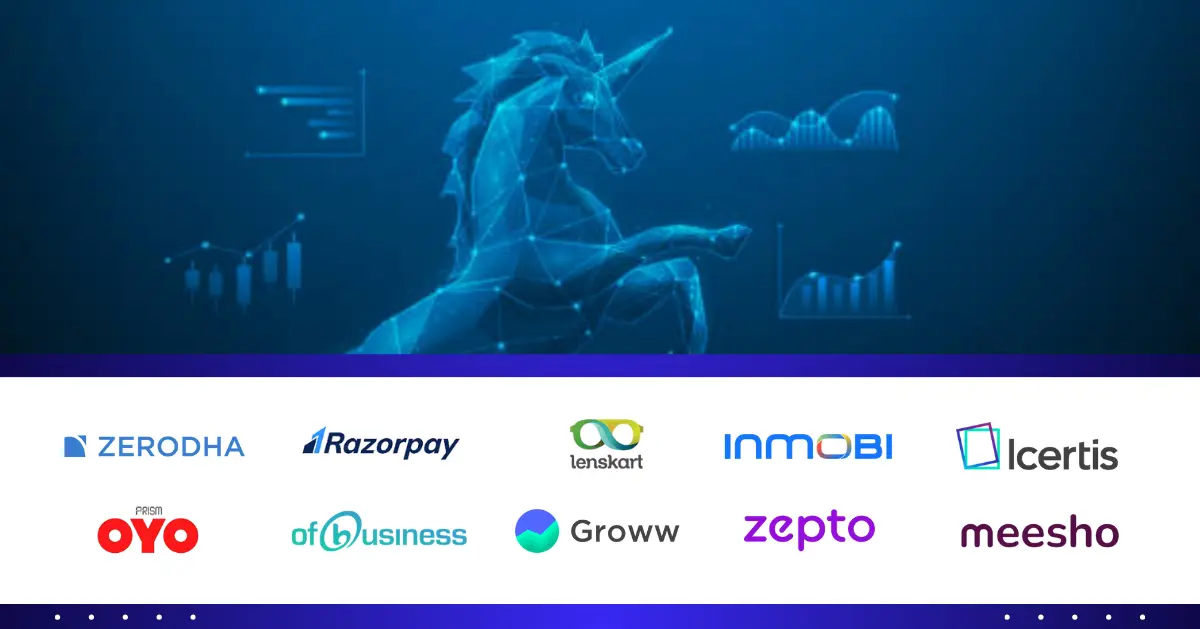
Introduction
In today’s competitive online marketplace, businesses must focus on improving their conversion rates to maximize profitability and growth. This is where Product Conversion Optimization (PCO) comes into play. By refining key aspects like UX design, implementing targeted marketing strategies, and enhancing customer engagement, companies can significantly increase the percentage of visitors who take desired actions. Optimizing product conversions requires a comprehensive, data-backed approach. In this article, we explore how you can unlock the full potential of PCO to see tangible improvements in revenue, customer satisfaction, and business performance.
When businesses focus on PCO, they aim to increase the number of visitors who complete the desired actions on their website. This could include making a purchase, signing up for a newsletter, or filling out a contact form. It involves refining strategies, improving UX design, and ensuring higher customer engagement. By doing so, businesses can significantly boost their return on investment (ROI) from marketing campaigns.
Successful PCO is all about identifying and fixing the pain points in the user journey. UX design, marketing strategies, and customer engagement all play an integral role in driving conversions. As e-commerce and online services become more competitive, optimizing conversions is no longer just a good practice—it’s essential for growth and profitability.
Read blog: Strategic Management: Driving Business Growth Through Effective Strategies
What is Product Conversion Optimization?
Product Conversion Optimization is a strategic process that involves improving website elements and user interactions to increase the number of visitors who complete a desired action. This could range from making a purchase to subscribing to an email list. Businesses that effectively implement PCO have been shown to see substantial increases in their bottom line.
Key Elements of Product Conversion Optimization:
- UX Design – Ensuring a seamless and frictionless user experience that encourages visitors to complete their actions.
- Marketing Strategies – Employing targeted marketing tactics to direct relevant traffic to the website and drive conversions.
- Customer Engagement – Building relationships through personalized content, email marketing, and interactive tools to keep visitors engaged.
By leveraging these elements effectively, businesses can maximize their Product Conversion Optimization efforts and achieve a higher ROI from their online activities.
Why is Product Conversion Optimization Important?
Product Conversion Optimization is essential for businesses aiming to maximize their revenue while reducing wasted ad spend. Here are some of the key reasons why focusing on PCO is crucial:
- Increased Revenue: Studies have shown that companies that focus on PCO can see an increase in revenue of 20-30%. With more visitors converting, businesses can achieve higher sales without necessarily having to increase their marketing budget.
- Better User Experience: A key part of PCO is improving UX design. By offering a smoother, more intuitive user experience, customers are more likely to convert. Simplifying the checkout process and making products easy to find can significantly reduce friction in the customer journey.
- Higher ROI on Marketing Spend: With Product Conversion Optimization, businesses can ensure that their marketing efforts are reaching the right people and encouraging them to convert, ultimately leading to a more efficient marketing spend.
How Product Conversion Optimization Works
Product Conversion Optimization involves several strategies, with a key focus on improving UX design, refining marketing strategies, and boosting customer engagement. Let’s explore how each of these areas works together to drive higher conversion rates:
1. Understanding User Behavior
One of the first steps in Product Conversion Optimization is understanding how users interact with your website. Tools like heatmaps, session recordings, and customer journey analytics allow businesses to spot friction points in the buying process.
- Heatmaps show where users click most on your website, helping you identify which areas of the page are getting the most attention and where users drop off.
- Session recordings help you understand how users navigate through the site, revealing any obstacles that prevent conversions.
- A/B testing lets you compare different versions of a product page to determine which design leads to higher conversions.
2. Improving UX Design
An optimized UX design is central to Product Conversion Optimization. Visitors should be able to easily navigate the website, find products, and check out with minimal friction.
- Simplified navigation helps users find what they need quickly.
- Optimized checkout process reduces drop-offs by streamlining steps and providing clear guidance.
- Mobile responsiveness ensures a smooth shopping experience for mobile users, who make up a significant portion of e-commerce traffic.
- Page speed optimization is essential, as slow-loading pages can lead to a loss of customers.
3. Personalized Marketing Strategies
AI and machine learning can be used to personalize marketing strategies, which is a core component of PCO. Personalized marketing ensures that users are presented with relevant offers and products based on their behavior and preferences.
- AI-driven recommendations can suggest products to users based on their browsing history, increasing the chances of conversion.
- Remarketing campaigns allow businesses to re-engage visitors who have interacted with a product but did not convert.
4. Engaging Customers Effectively
Customer engagement is an integral part of Product Conversion Optimization. It’s not just about attracting visitors to your site—it’s about keeping them engaged throughout their journey.
- Interactive content such as quizzes, polls, and chatbots can keep visitors engaged, providing them with personalized experiences that increase the likelihood of conversion.
- Email follow-ups can be used to remind visitors about items they’ve left in their cart or offer personalized promotions.
- Push notifications can notify users of special discounts or limited-time offers, encouraging them to convert.
Real-World Example of Product Conversion Optimization
A prime example of Product Conversion Optimization comes from HubSpot’s case study, where an e-commerce brand improved its conversion rate by 35%. The company made several changes to its checkout process:
- Simplified the checkout process by reducing the number of steps needed to complete a purchase.
- Added trust signals like security badges, which made customers feel more confident about their purchases.
- Optimized mobile functionality to make the checkout process as smooth on mobile devices as it was on desktops.
These simple tweaks led to a 35% increase in conversions and significantly improved customer engagement.
Challenges in Product Conversion Optimization
Although Product Conversion Optimization can yield impressive results, businesses may face several challenges along the way:
- Slow Website Load Time: Research shows that 1 in 4 visitors abandon a website if it takes more than 4 seconds to load. To improve PCO, businesses must ensure fast load times.
- Complicated Checkout Process: A complicated checkout process leads to a high cart abandonment rate. Streamlining the checkout process is a crucial part of PCO.
- Lack of Personalization: Without personalization, businesses miss the opportunity to engage customers and drive conversions. Personalization is vital in PCO.
Key Metrics for Measuring Product Conversion Rates
Effective Product Conversion Optimization requires tracking key metrics to measure success and identify areas for improvement. Here are some of the essential metrics:
- Conversion Rate: The percentage of visitors who complete the desired action, such as making a purchase.
- Bounce Rate: A lower bounce rate typically indicates better UX design, as users are staying on the site longer.
- Click-Through Rate (CTR): Measures how effective marketing campaigns are at driving traffic to the site.
- Customer Engagement Score: Tracks how well your engagement strategies are resonating with visitors.
Common Mistakes to Avoid in Product Conversion Optimization
To maximize the impact of Product Conversion Optimization, businesses should avoid common mistakes:
- Neglecting Mobile Optimization: With mobile traffic steadily increasing, neglecting mobile optimization can lead to significant losses in conversions.
- Overcomplicating the User Journey: A convoluted navigation system or a long checkout process can drive visitors away. Keep things simple and intuitive.
- Failing to Personalize: Generic experiences don’t engage users. Use data to personalize the experience and offer relevant recommendations.
Conclusion
Product Conversion Optimization is not just about increasing traffic to your website; it’s about ensuring that your visitors take the desired actions. By focusing on improving UX design, refining marketing strategies, and enhancing customer engagement, businesses can see a significant increase in conversions and revenue. As we’ve seen, Product Conversion Optimization requires a combination of data-driven decisions and user-centric strategies.
If you’re looking to maximize your product conversions, RegisterKaro offers customized solutions that integrate cutting-edge UX design, innovative marketing strategies, and AI-driven customer engagement tactics. Contact Us Today to explore how we can help you optimize your product conversions!
Frequently Asked Questions (FAQs)
1. How does UX design impact Product Conversion Optimization?
UX design directly impacts PCO by ensuring an intuitive, frictionless experience. A well-designed website encourages users to complete their desired actions, increasing conversions.
2. What are the best marketing strategies for Product Conversion Optimization?
The best strategies include personalized offers, AI-powered targeting, and multi-channel marketing to engage the right audience at the right time.
3. How can businesses improve customer engagement for better conversions?
Interactive content, real-time chat, and personalized recommendations are key to increasing customer engagement and boosting conversions.
4. What role does data play in PCO?
Data helps track user behavior, refine UX design, and optimize marketing strategies, ensuring that businesses can make informed decisions to boost conversions.
5. Why should companies invest in professional Product Conversion Optimization services?
Professional services ensure expert handling of UX design, marketing strategies, and customer engagement, driving measurable results.
6. What is A/B testing, and how does it help optimize conversions?
A/B testing allows businesses to compare different versions of a webpage or feature to determine which one performs better in terms of conversions.
7. How important is page speed in Product Conversion Optimization?
Page speed is critical, as even a small delay in loading time can result in a significant drop in conversions. Optimizing speed is essential for Product Conversion Optimization.
8. Can personalization really increase conversion rates?
Yes, personalized experiences increase engagement, which in turn leads to higher conversion rates. Tailored recommendations, offers, and content can significantly boost PCO.
9. What are some key tools for Product Conversion Optimization?
Tools like Google Analytics, Hotjar, and Optimizely can help track user behavior, run A/B tests, and optimize UX design and marketing strategies.
10. How often should businesses review their PCO efforts?
To remain competitive, businesses should continually assess and optimize their Product Conversion Optimization efforts, at least quarterly.




